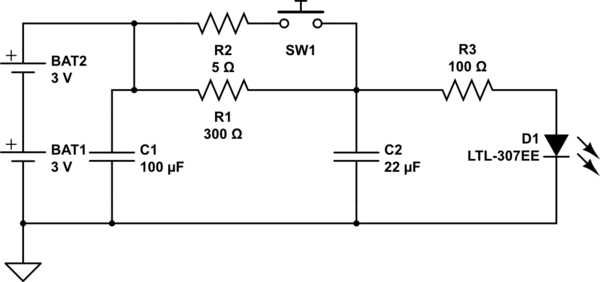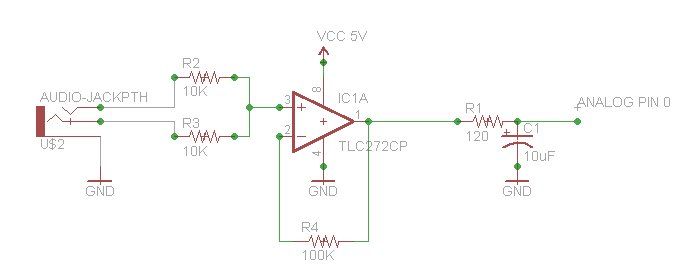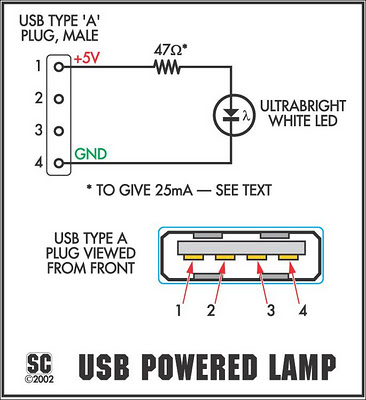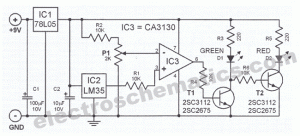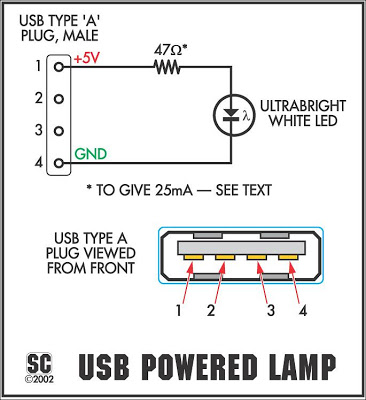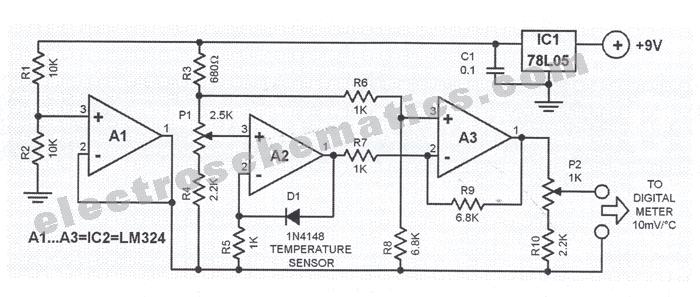
Coffee bits and bikes: Mini85
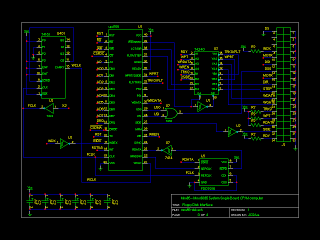
The initial version of the schematics has been completed. There remain several optimizations to be made, particularly concerning the logic gates. The resistors connected directly to the 8085 microprocessor are not strictly necessary, but they may be useful for future expansions. Printing schematics with gschem continues to be challenging; an attempt was made using the light output, but the results were suboptimal. Further attempts will be made using a light background and no colors. Additionally, there are plans to print a connection list to facilitate the wire-wrapping circuit.
The schematic design process has reached a significant milestone with the completion of the first version. The focus now shifts to enhancing the logic gates, which are critical components that determine the performance and efficiency of the circuit. It is essential to analyze the current logic gate configuration to ensure optimal functionality and to consider potential alternatives that might improve signal integrity and reduce propagation delays.
The inclusion of resistors in the circuit connected to the 8085 microprocessor, while not mandatory, serves as a prudent measure for future scalability. These resistors can provide flexibility for additional components or modifications that may be required in later stages of the project. Their presence allows for easier integration of new features without necessitating a complete redesign of the existing schematic.
Challenges have been encountered in the schematic printing process using gschem. The initial attempts with the light output have highlighted issues with clarity and visibility, prompting a reevaluation of the printing settings. Future attempts will involve adjusting the background color to a lighter shade and eliminating colors entirely to enhance contrast and readability.
In conjunction with these efforts, generating a comprehensive list of connections is a vital step for the wire-wrapping circuit. This list will serve as a reference to ensure that all connections are accurately made, thereby reducing the risk of errors during assembly. The wire-wrapping technique itself is a reliable method for prototyping and allows for easy modifications, which will be beneficial as the project evolves.The first version of the schematics is finished. There are still some optimizations to do, specially regarding the logic gates. The resistors in the directly connected to the 8085 are not really necessary but handy if a later expansion is needed. It is still difficult to print schematics with gschem, I tried the light output but it is not the best
, I`ll have to try again with light background and no colors. I will also try to print out a list of connections to do the wire wrapping circuit. 🔗 External reference
The schematic design process has reached a significant milestone with the completion of the first version. The focus now shifts to enhancing the logic gates, which are critical components that determine the performance and efficiency of the circuit. It is essential to analyze the current logic gate configuration to ensure optimal functionality and to consider potential alternatives that might improve signal integrity and reduce propagation delays.
The inclusion of resistors in the circuit connected to the 8085 microprocessor, while not mandatory, serves as a prudent measure for future scalability. These resistors can provide flexibility for additional components or modifications that may be required in later stages of the project. Their presence allows for easier integration of new features without necessitating a complete redesign of the existing schematic.
Challenges have been encountered in the schematic printing process using gschem. The initial attempts with the light output have highlighted issues with clarity and visibility, prompting a reevaluation of the printing settings. Future attempts will involve adjusting the background color to a lighter shade and eliminating colors entirely to enhance contrast and readability.
In conjunction with these efforts, generating a comprehensive list of connections is a vital step for the wire-wrapping circuit. This list will serve as a reference to ensure that all connections are accurately made, thereby reducing the risk of errors during assembly. The wire-wrapping technique itself is a reliable method for prototyping and allows for easy modifications, which will be beneficial as the project evolves.The first version of the schematics is finished. There are still some optimizations to do, specially regarding the logic gates. The resistors in the directly connected to the 8085 are not really necessary but handy if a later expansion is needed. It is still difficult to print schematics with gschem, I tried the light output but it is not the best
, I`ll have to try again with light background and no colors. I will also try to print out a list of connections to do the wire wrapping circuit. 🔗 External reference
Warning: include(partials/cookie-banner.php): Failed to open stream: Permission denied in /var/www/html/nextgr/view-circuit.php on line 713
Warning: include(): Failed opening 'partials/cookie-banner.php' for inclusion (include_path='.:/usr/share/php') in /var/www/html/nextgr/view-circuit.php on line 713
